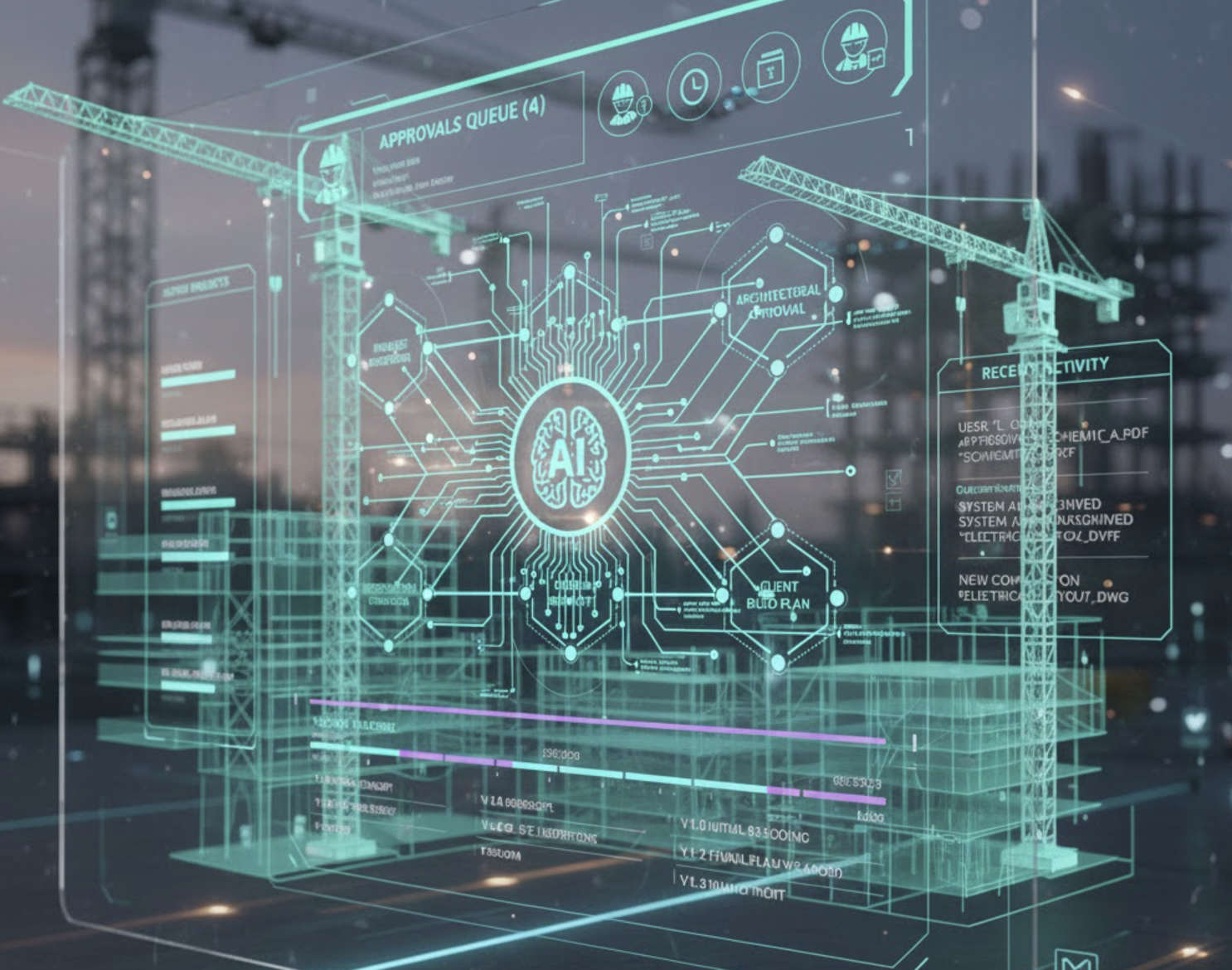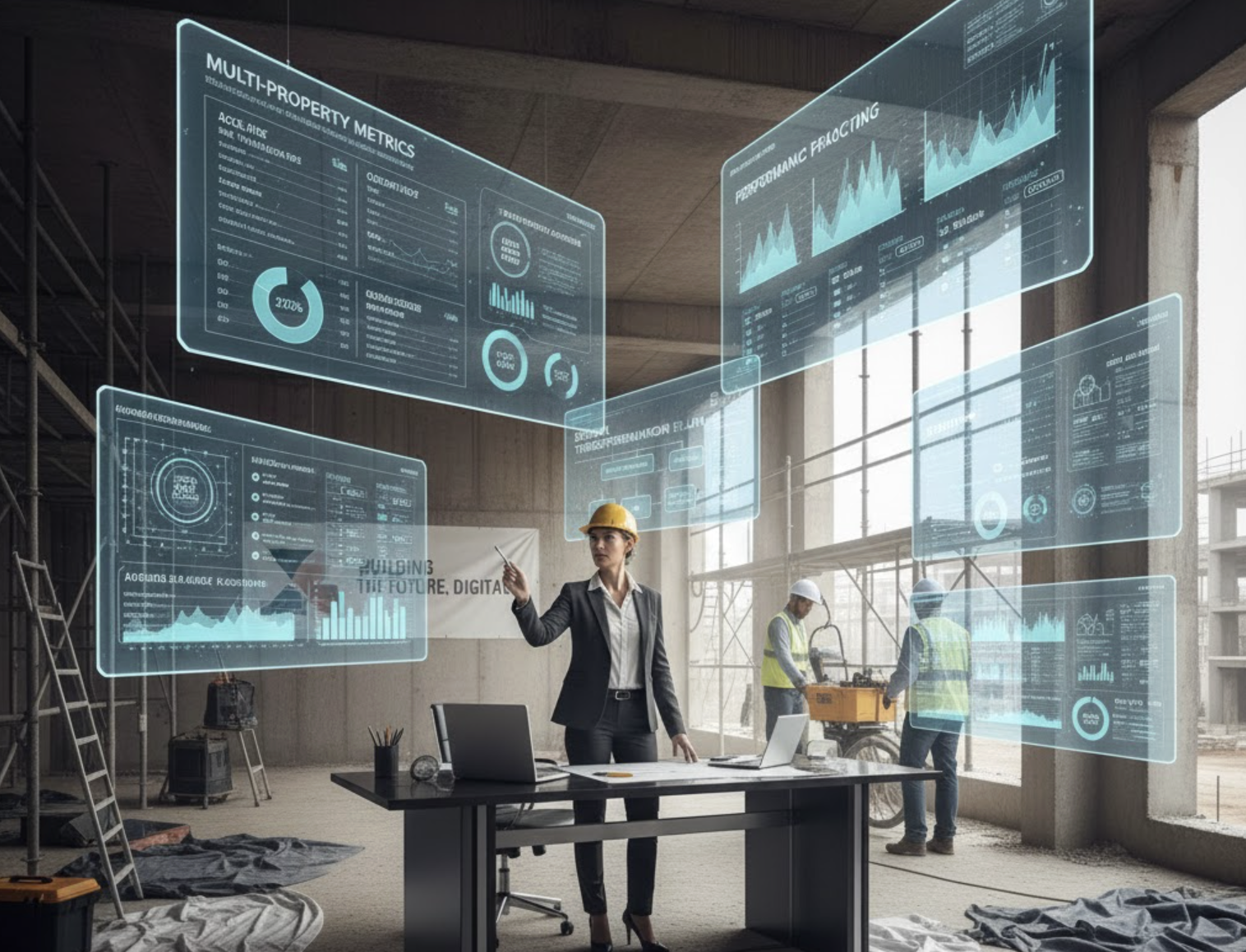Bridging the Gap Between Site and Consultant: Centralizing Document Feedback
Introduction
Effective communication is crucial for the success of consulting engagements, particularly in site-specific projects. The gap between the site team and the consultant can significantly impact the project’s outcome. Centralizing document feedback is a key strategy to bridge this gap and ensure seamless communication.
Challenges in Communication
One of the primary challenges faced in site and consultant relationships is the disparity in expertise and client needs. Consultants often bring extensive industry knowledge, but clients may encounter unique challenges requiring tailored solutions. This can lead to misunderstandings or misalignment of project goals, underlining the necessity for a collaborative communication environment.
Misalignment and Misunderstandings
The difference between the consultant’s expertise and the client’s specific needs can create communication barriers. These barriers might prevent the flow of critical information, which is why engaging in a consistent, open dialogue is essential.
The Role of Document Feedback
Document feedback plays a pivotal role in enhancing communication. To foster effective dialogue between site teams and consultants, it’s vital that documents are clear, accessible, and organized. This clarity is essential for ensuring that all stakeholders, including the client, can easily digest complex concepts. Regular updates through written communication help keep stakeholders informed and aligned, thereby reducing risks associated with miscommunication.
Steps for Effective Document Review
Clear Objectives
When requesting a document review, it is essential to specify exactly what kind of feedback is needed. Whether it involves verifying information sources, providing insights on design elements, or reviewing particular sections, having clear objectives streamlines the feedback process and reduces unnecessary commentary.
Easy Review Process
Utilizing online document review services can greatly enhance the review process. Look for platforms that allow reviewers to provide feedback in a clear and visual manner. Desired features include:
- In-context comments: These enable reviewers to leave remarks directly on the document, offering targeted insights.
- Annotations: Reviewers can draw on images, videos, or files to enhance their feedback.
- Attachments: Allowing reviewers to attach supporting files to their comments provides additional context and clarity.
Follow-Up and Collaboration
If feedback appears unclear, ask follow-up questions for clarification. Leveraging tools that allow direct replies to comments and highlight specific sections facilitates collaboration and supports efficient problem-solving.
Best Practices for Centralizing Document Feedback
Centralizing document feedback can be further enhanced through the following best practices:
- Break the Review Process into Stages: Segment the review process into manageable phases, focusing on specific document aspects such as content, formatting, and compliance.
- Ensure Completeness: Verify that all necessary documents align with the expected project stages, covering essential paperwork like reports and proposals.
- Use Centralized Tools: Implement centralized tools such as those offered by Zepth, which provide seamless platforms for document feedback and collaboration. These tools help bridge the communication gap by ensuring that all stakeholders can access and contribute to documents effectively.
How Zepth Can Help
Zepth offers several features that enhance the centralization of document feedback, making the collaborative process more efficient:
- Centralized Communication: The Zepth platform centralizes document feedback, ensuring that all communication and updates are stored in one convenient location. This clarity helps maintain focus on solutions within the documents.
- Collaborative Environment: With a robust framework for communication, Zepth facilitates a collaborative atmosphere where ideas flow freely, strategies develop, and solutions are crafted, ultimately leading to successful project outcomes.
- Accessibility and Updates: Zepth guarantees that documents are both accessible and regularly updated, keeping all stakeholders informed and aligned with current project statuses.
By centralizing document feedback and implementing effective tools and practices, consulting engagements can overcome communication challenges. This leads to improved teamwork and more successful project outcomes, ensuring that all stakeholders work in harmony towards common goals.




